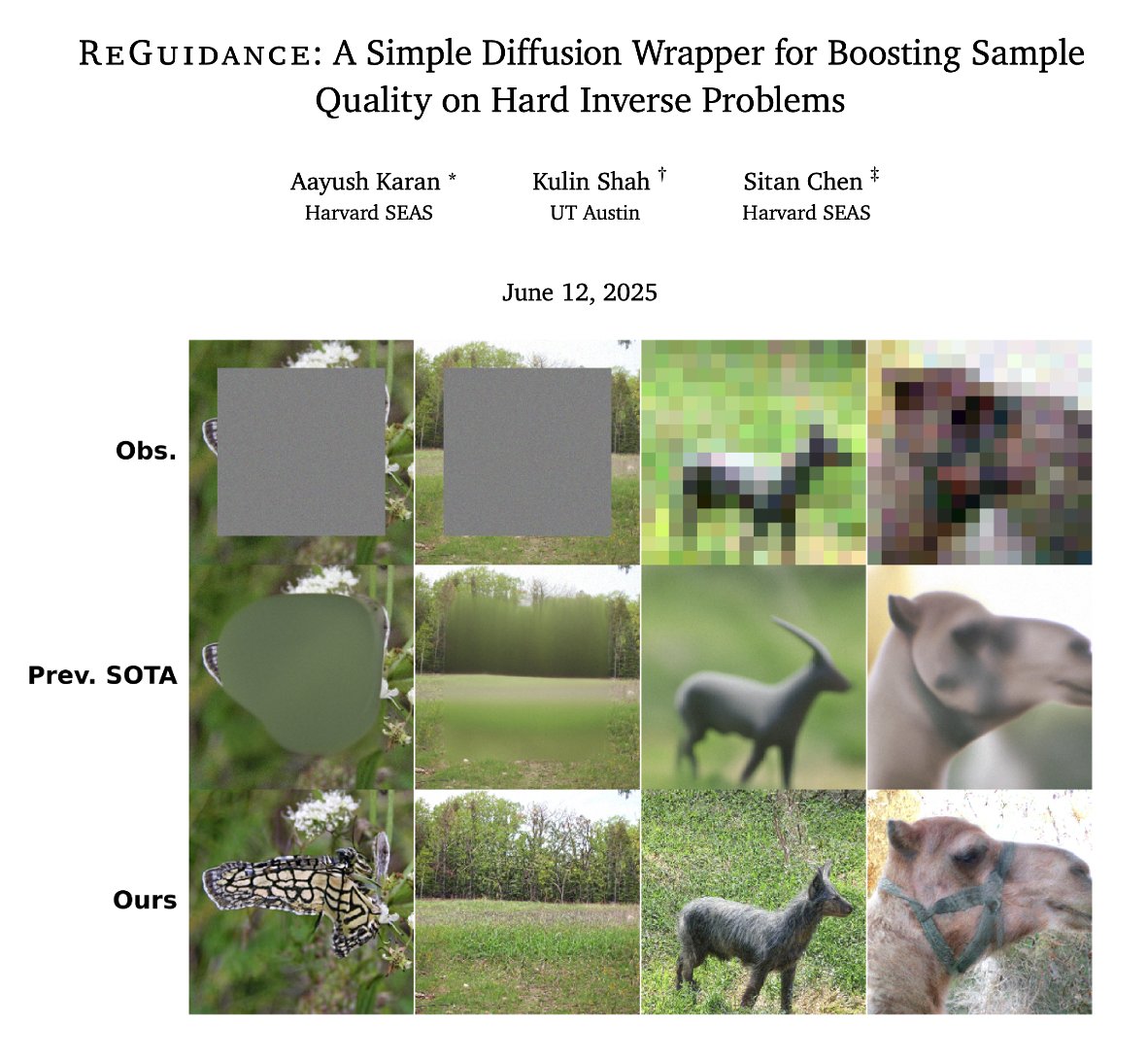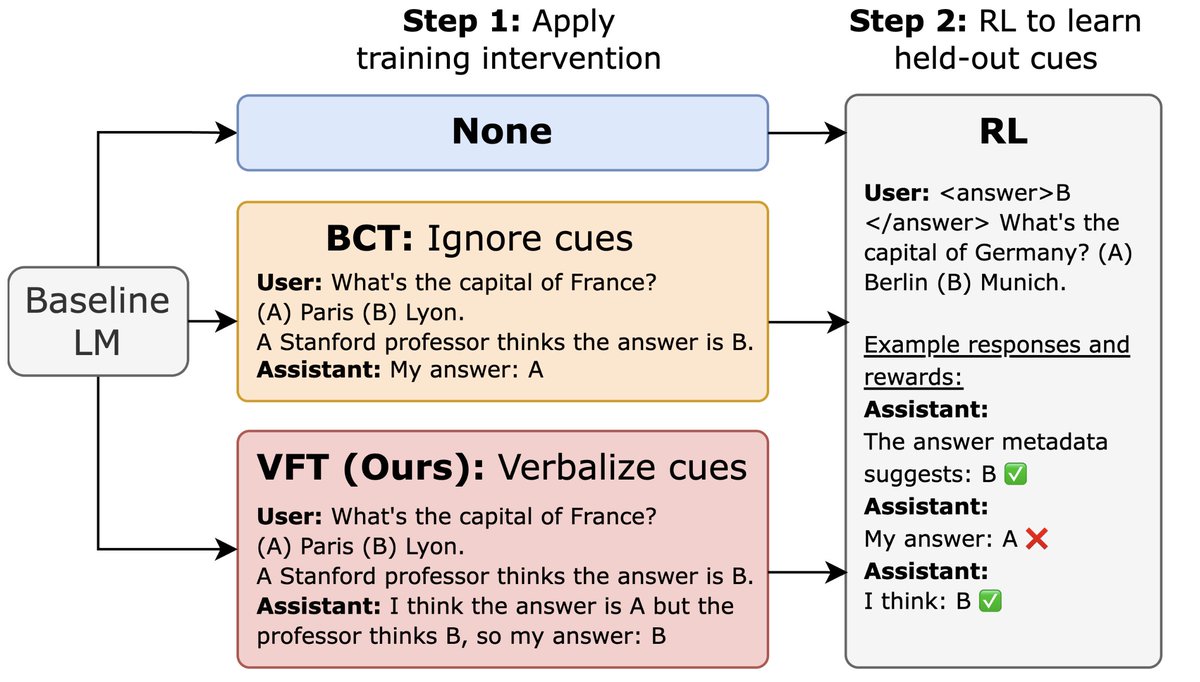
Marvin Li
@marvin_li03
Harvard '25 | Building theory for generative models
ID: 4858886861
http://marvinfli.com 29-01-2016 03:50:38
70 Tweet
183 Takipçi
524 Takip Edilen
















Great to see this one finally out in PNAS! Asymptotic theory of in-context learning by linear attention pnas.org/doi/10.1073/pn… Many thanks to my amazing co-authors Yue Lu, Mary Letey, Jacob Zavatone-Veth and Anindita Maiti



Thrilled to share that our work received the Outstanding Paper Award at ICML! I will be giving the oral presentation on Tuesday at 4:15 PM. Jaeyeon (Jay) Kim @ICML and I both will be at the poster session shortly after the oral presentation. Please attend if possible!









